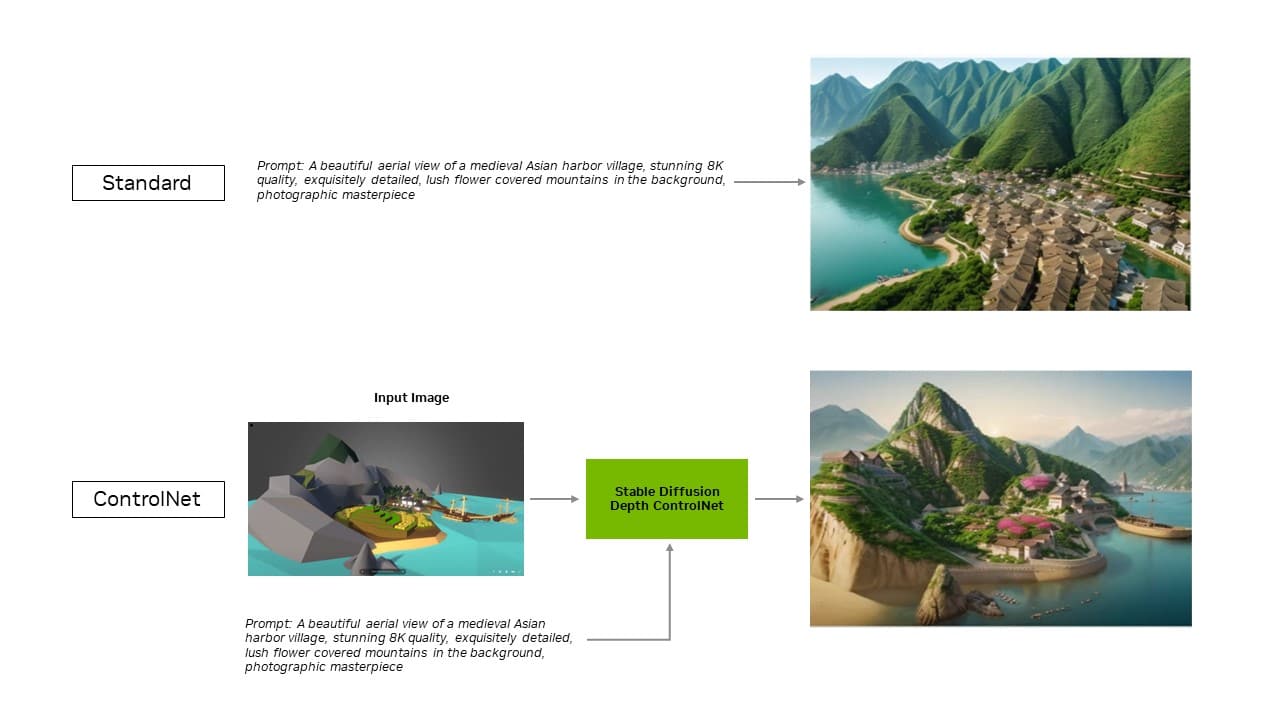2.2 million new crystals, including 380,000 stable materials that could power future technologies (Web and Cloud)
We share the discovery of 2.2 million new crystals – equivalent to nearly 800 years’ worth of knowledge. We introduce Graph Networks for Materials Exploration (GNoME), our new deep learning tool that dramatically increases the speed and efficiency of discovery by predicting the stability of new materials.
Modern technologies from computer chips and batteries to solar panels rely on inorganic crystals. To enable new technologies, crystals must be stable otherwise they can decompose, and behind each new, stable crystal can be months of painstaking experimentation.
Today, in a paper published in Nature, we share the discovery of 2.2 million new crystals – equivalent to nearly 800 years’ worth of knowledge. We introduce Graph Networks for Materials Exploration (GNoME), our new deep learning tool that dramatically increases the speed and efficiency of discovery by predicting the stability of new materials.
With GNoME, we’ve multiplied the number of technologically viable materials known to humanity. Of its 2.2 million predictions, 380,000 are the most stable, making them promising candidates for experimental synthesis. Among these candidates are materials that have the potential to develop future transformative technologies ranging from superconductors, powering supercomputers, and next-generation batteries to boost the efficiency of electric vehicles.
GNoME shows the potential of using AI to discover and develop new materials at scale. External researchers in labs around the world have independently created 736 of these new structures experimentally in concurrent work. In partnership with Google DeepMind, a team of researchers at the Lawrence Berkeley National Laboratory has also published a second paper in Nature that shows how our AI predictions can be leveraged for autonomous material synthesis.
We’ve made GNoME’s predictions available to the research community. We will be contributing 380,000 materials that we predict to be stable to the Materials Project, which is now processing the compounds and adding them into its online database. We hope these resources will drive forward research into inorganic crystals, and unlock the promise of machine learning tools as guides for experimentation
Accelerating materials discovery with AI
About 20,000 of the crystals experimentally identified in the ICSD database are computationally stable. Computational approaches drawing from the Materials Project, Open Quantum Materials Database and WBM database boosted this number to 48,000 stable crystals. GNoME expands the number of stable materials known to humanity to 421,000.
In the past, scientists searched for novel crystal structures by tweaking known crystals or experimenting with new combinations of elements - an expensive, trial-and-error process that could take months to deliver even limited results. Over the last decade, computational approaches led by the Materials Project and other groups have helped discover 28,000 new materials. But up until now, new AI-guided approaches hit a fundamental limit in their ability to accurately predict materials that could be experimentally viable. GNoME’s discovery of 2.2 million materials would be equivalent to about 800 years’ worth of knowledge and demonstrates an unprecedented scale and level of accuracy in predictions.
For example, 52,000 new layered compounds similar to graphene that have the potential to revolutionize electronics with the development of superconductors. Previously, about 1,000 such materials had been identified. We also found 528 potential lithium ion conductors, 25 times more than a previous study, which could be used to improve the performance of rechargeable batteries.
We are releasing the predicted structures for 380,000 materials that have the highest chance of successfully being made in the lab and being used in viable applications. For a material to be considered stable, it must not decompose into similar compositions with lower energy. For example, carbon in a graphene-like structure is stable compared to carbon in diamonds. Mathematically, these materials lie on the convex hull. This project discovered 2.2 million new crystals that are stable by current scientific standards and lie below the convex hull of previous discoveries. Of these, 380,000 are considered the most stable, and lie on the “final” convex hull – the new standard we have set for materials stability.





































